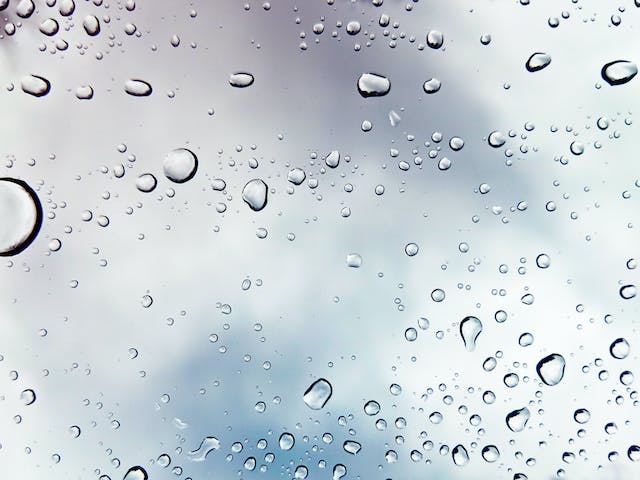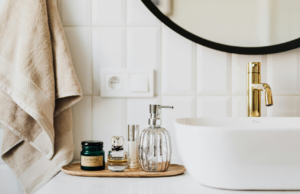
A structure’s windows provide views, light, and ventilation while acting as a portal between the inside and external. Nevertheless, they are also susceptible to the unrelenting power of water, particularly in the event of inclement weather or rainstorms. It is crucial to make sure your windows are water-resistant to protect your home from future harm. With a focus on the use of coating for glass, this comprehensive tutorial will go into detail about how to protect your windows from the elements.
Seal Gaps and Cracks
Improving water resistance begins with inspecting the area surrounding your windows for cracks and gaps and then sealing them with caulk. Cracks in the caulking or sealing substance used during window installation might allow water to seep in. These cracks can be caused by deterioration of the material. It is necessary to do a thorough inspection of the window frame, sashes, and joints. It is recommended that high-quality silicone sealants be applied to these areas because of their reputation for being both flexible and long-lasting. This will allow for the creation of a barrier that is both smooth and waterproof. The risk of water seepage is significantly reduced because of this preventative action.
Install Weatherstripping
Weatherstripping is an important product to have in your toolkit since it helps prevent water from getting in. This inexpensive material, which is often made of foam or rubber, is applied to the edges of doors and windows to provide a seal. When the windows are closed, weatherstripping provides a watertight barrier around the frame of the window, preventing rain from entering the home. Since weatherstripping gradually loses its effectiveness over time, it is essential to inspect it regularly for signs of wear and tear. The replacement of weatherstripping as part of routine maintenance ensures an uninterrupted barrier against water.
Upgrade Window Glazing
Upgrading window glass goes beyond aesthetics; it greatly affects the ability of windows to tolerate water. Windows with double or triple panes offer better insulation and reduce the chance of water seeping in. Furthermore, measures that increase water resistance have been introduced via developments in glazing technologies. For instance, low-emissivity coatings help to improve moisture management in addition to reducing heat transfer. Getting expert advice makes it easier to choose glazing solutions that meet your unique needs.
Maintain Exterior Drainage
Water damage around windows can only be avoided with proper outside drainage. Rainwater is directed away from the building using gutters and downspouts. Unobstructed water flow is ensured by routinely cleaning debris from these drainage systems. To prevent water from collecting around windows, the grade surrounding the foundation is equally significant; it should slope away from the structure. You can build a strong barrier against water penetration by keeping up good outside drainage.
Apply Coating for Glass
The application of hydrophobic coating is a novel and very successful way to improve water resistance. This specific coating creates an invisible shield on the surface of the glass. The amount of time that rain or other liquids are in contact with the coated glass is reduced since the water beads up and rolls off the surface. This lessens the likelihood of water stains and facilitates cleaning. Hydrophobic coating for glass from authentic providers in the industry raises the total water resistance of your windows to a new level by serving as a shield.
Regular Maintenance
The key to guaranteeing the longevity and effectiveness of your water-resistant measures is regular, meticulous maintenance. Examine windows frequently for indications of wear, damage, or failing seals. Paying quick care to any problems that are found is essential to keeping water out of your living or workspace. Taking preventative measures with upkeep, such as changing deteriorated weatherstripping or seals, guarantees that your windows will continue to be remarkably water-resistant.
Conclusion
A comprehensive strategy that blends conventional sealing techniques with state-of-the-art technologies is required to make your windows water-resistant. Each tactic adds to the defense against water penetration, from careful gap sealing to the application of hydrophobic coating. By devoting time and energy to these thorough precautions, you can protect your property from future water damage while simultaneously fostering a climate that is cozy, safe, and weather-resistant. By using these techniques, you set yourself up for long-term property protection and continued window integrity.


